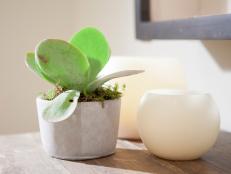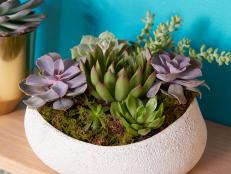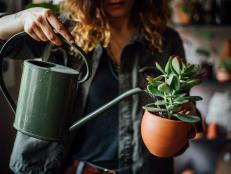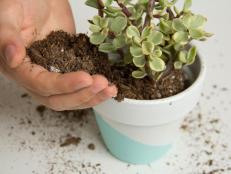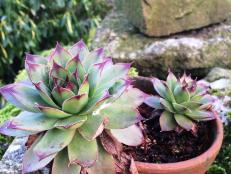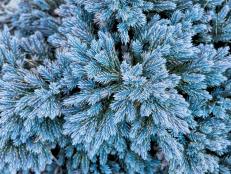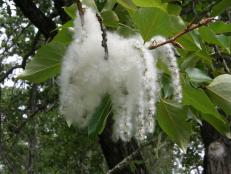Succulents Abound Just Off African Mainland
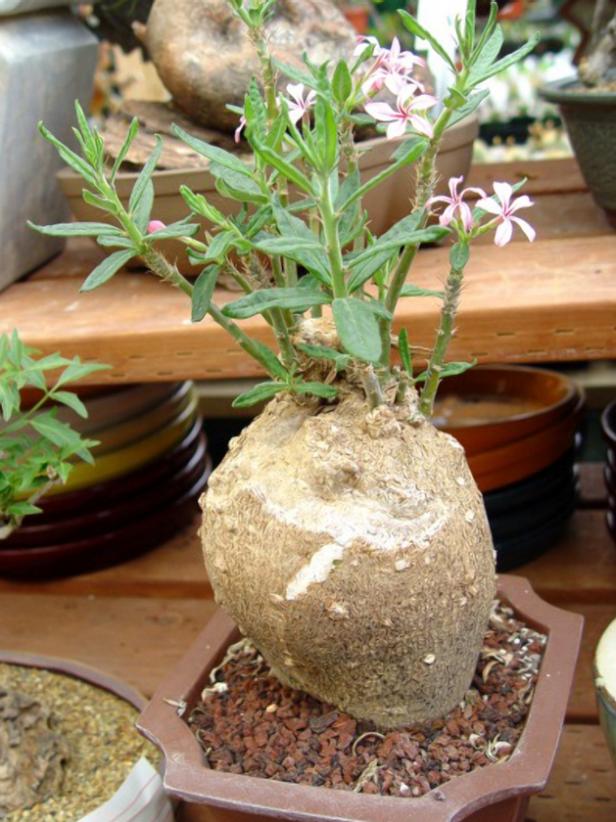
Elephants may be animals commonly identified as African, but they have no business straying to the nearby island of Madagascar. And neither does most of Africa's plant life. Isolated for 140 million years, Madagascar's amazing plants and animals evolved separately from those on the mainland and, if fact, probably would never had survived in the land of high grazing elephants, giraffes and zebras.

The DreamWorks artists who created the vivid movie world of Madagascar certainly did their homework. Disguised as child-like cartoons, the renderings of the island's environment are surprisingly realistic. As a fan of succulent Madagascar plants, it is rewarding to see how accurately the species are portrayed, from the ground-dwelling carrion flowers to the fat-bellied Adensonia trees.
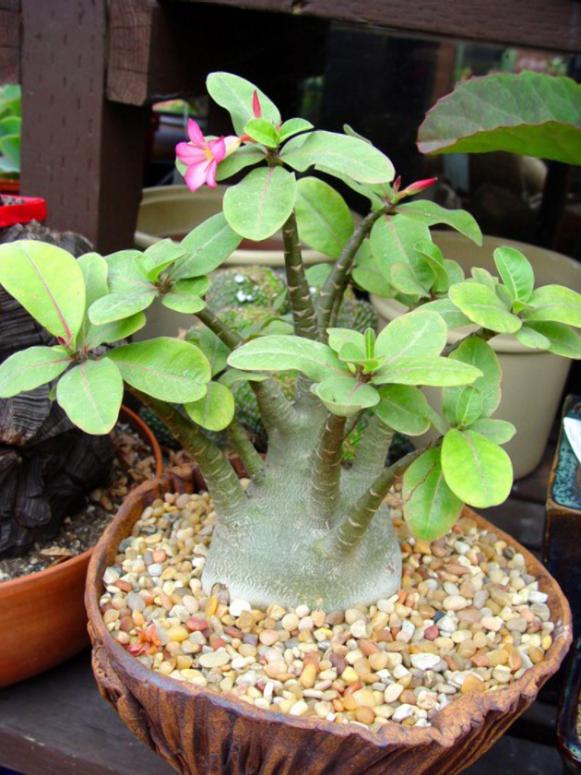
Years ago on the banks of the Zambezi River in Zimbabwe I watched elephants tear up baobab trees in the dry season. A drought was on and there was little green forage left. Under stress, elephants will literally disembowel baobabs. But baobabs don't die like other trees. They are a succulent and can heal from the inside out.

The Adensonia trees of Madagascar would never reach such incredible stature had they evolved on the African mainland. Harboring succulent tissues inside the fat trunks, these trees, without the ability to regenerate so easily, would be ravaged by wildlife during each period of drought. This explains why the flora of Madagascar is so incredible--it has evolved virtually unmolested by browsers for eons.
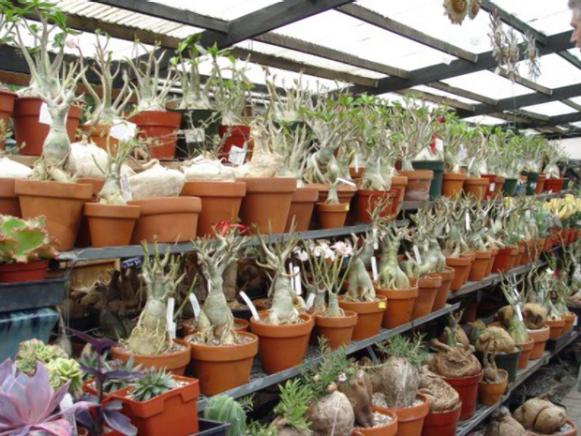
Adensonia is the largest species of a group of succulents called pachycauls. Pachycauls store a great deal of water in swollen stem tissue. Some pachycauls are cloaked in spines to protect this vital source of life sustaining moisture. Wicked thorns indeed discourage destruction by browsers of pachycauls of southern Africa. Many of those from Madagascar are instead smooth skinned, attesting to the absence of aggressive herbivores. However, they are threatened by contemporary practices of cattle grazing and agricultural burning.

More specialized pachyculs will have only the base of their stem enlarged. This part of the plant is a caudex, and these species are called caudiciform. The caudex can, with time, take on fanciful, sculptural forms. Many develop surprisingly human shapes, like the mandrake when the main stem caudex divides itself into equally swollen leg-like roots.
But caudiciform plants aren't limited to Madagascar. You will find enlarged caudexes on many mature New World cacti and succulents, too.
Until recently caudiciform succulents were appreciated only by a small group of plant junkies and botanists. This is because they traditionally are not considered classically beautiful plants, with only minimal foliage and flowers to recommend them. But inspired by the twisted beauty of weathered bonsai specimens, they recently have become big business in Asia.
Due to frost tenderdness, caudiciform plants are ideal for indoor light-filled gardens. Plants can come outside on porch or patio, warmth permitting, provided they do not receive much summer rain, which can lead to rot. The grafted forms and caudiciform variations can make interesting and quite evocative potted accents.
The most popular way of displaying caudiciform plants is in bonsai pots that guarantee perfect drainage. As succulents, a large rooting area isn't required because the plants store moisture in the caudex. These potted specimens can feature unique surface gravel and creative stones for a really unique presentation that defies classification.
Caudiciform plants aren't expensive if you buy young seedlings. Unfortunately, a good-size caudex with interesting forms takes many years to develop. Therefore, sizeable specimens are costly but worth the price if you're looking for outstanding plant sculpture. Little else stimulates more interesting conversation on a patio or coffee table than a really weird caudex.
The succulent flora of Madagascar is perhaps the most fascinating on earth. It is a treasure trove of pachycauls to grow indoors and out.
To see fabulous potted caudiciforms, visit the California Cactus Center website at www.cactuscenter.com.
(Maureen Gilmer is a horticulturist and host of Weekend Gardening on DIY-Do It Yourself Network. E-mail her at mo@moplants.com. For more information, visit: www.moplants.com or www.DIYNetwork.com. Distributed by Scripps Howard News Service.)







